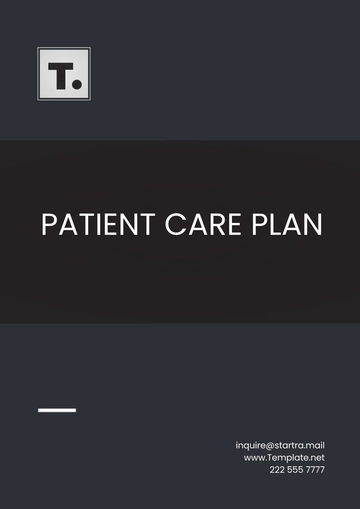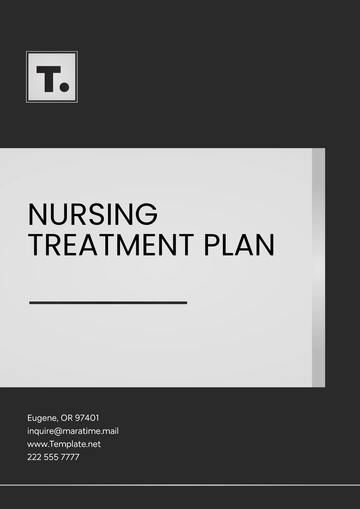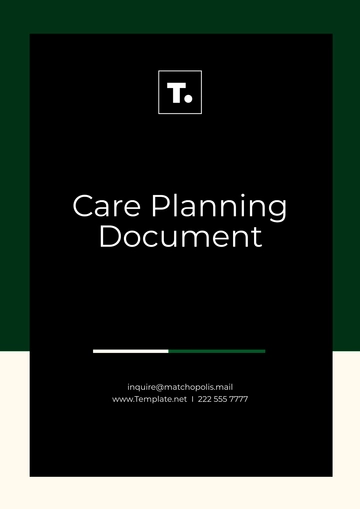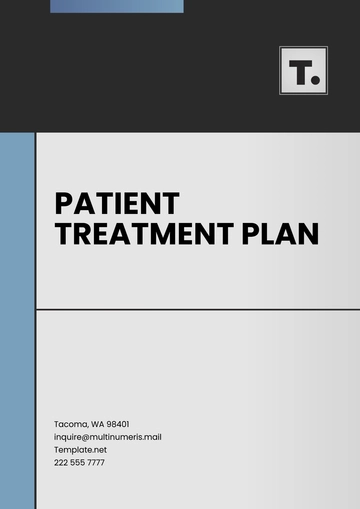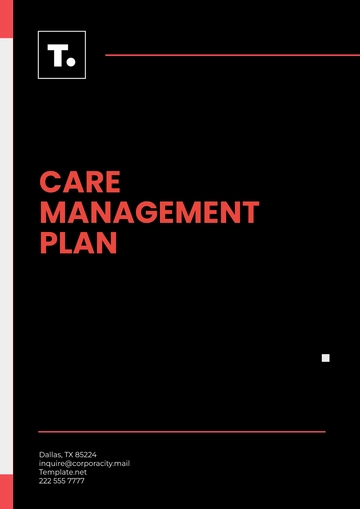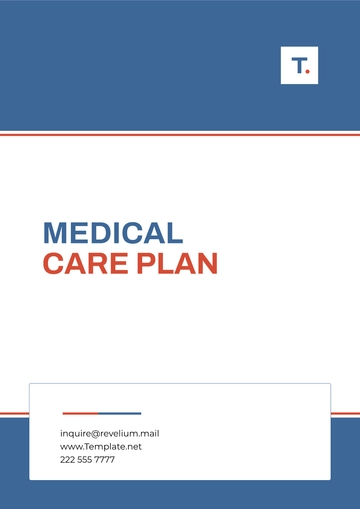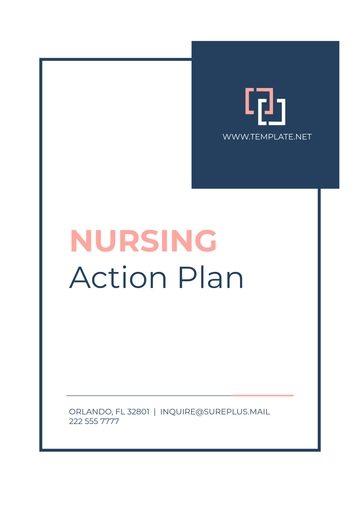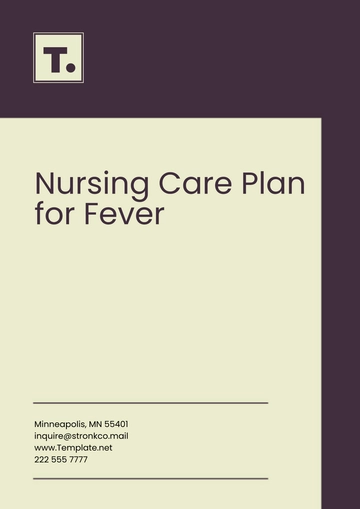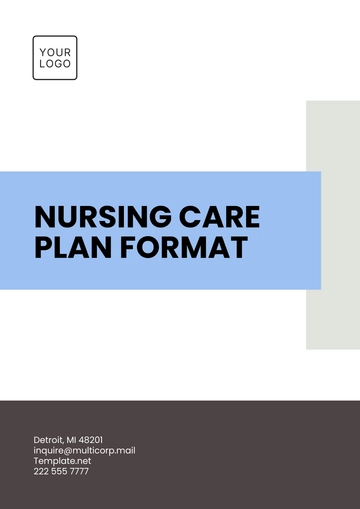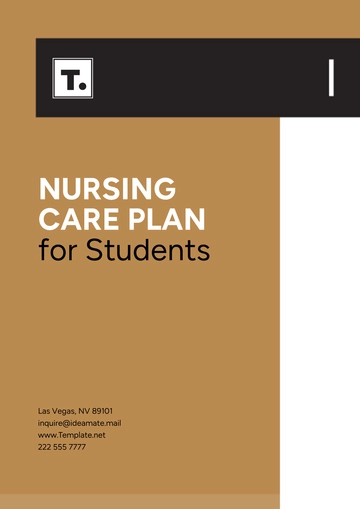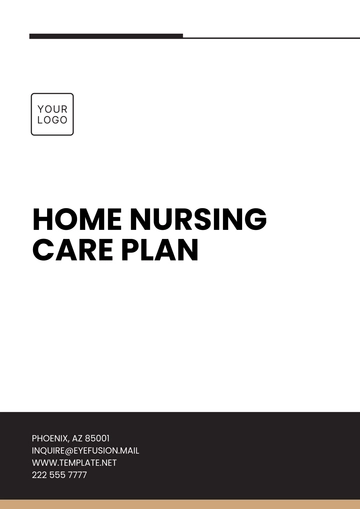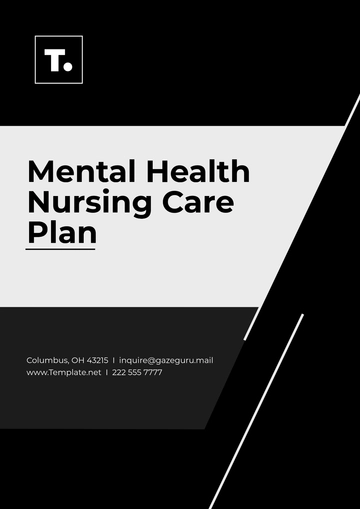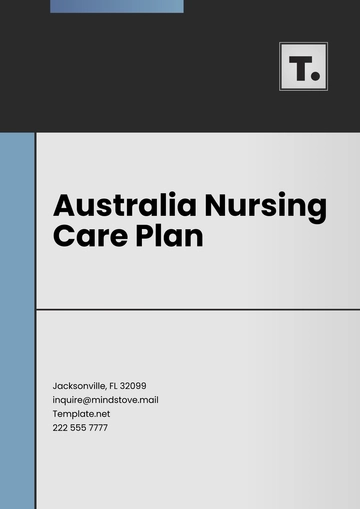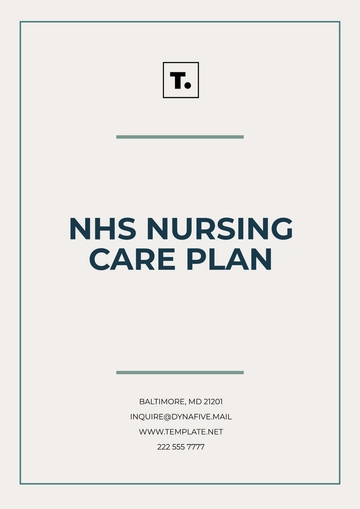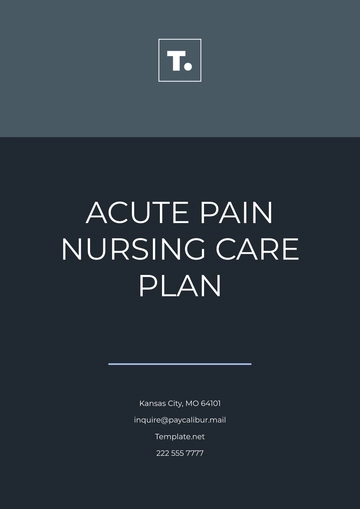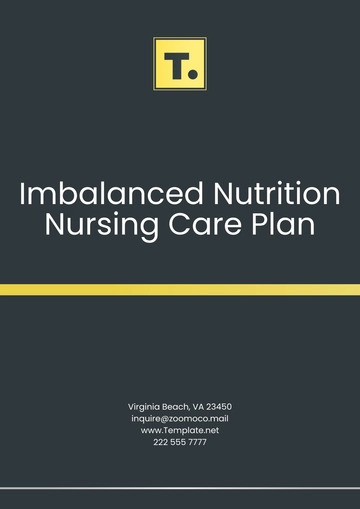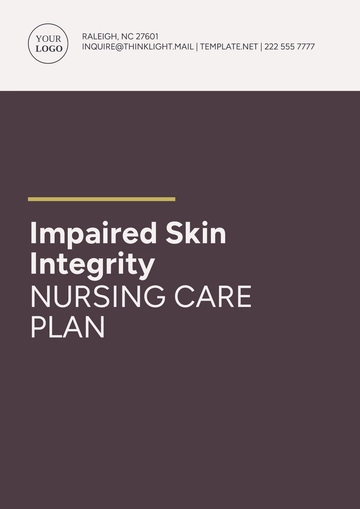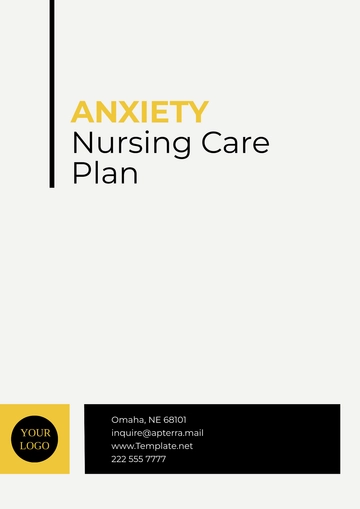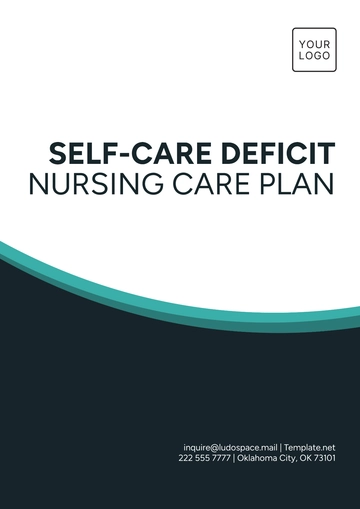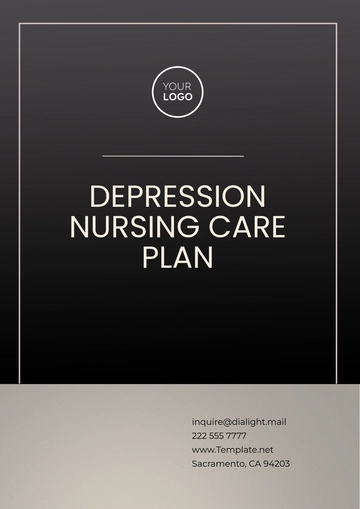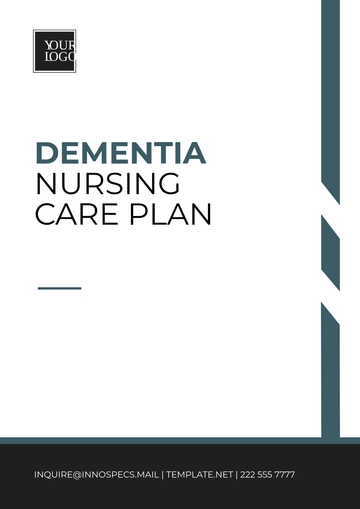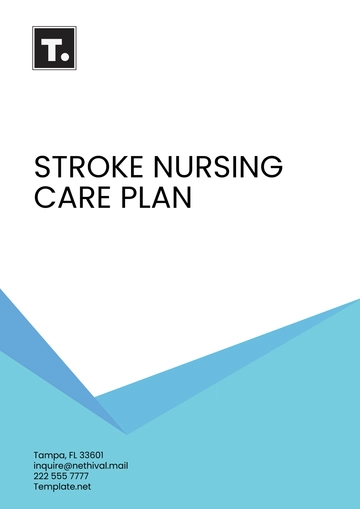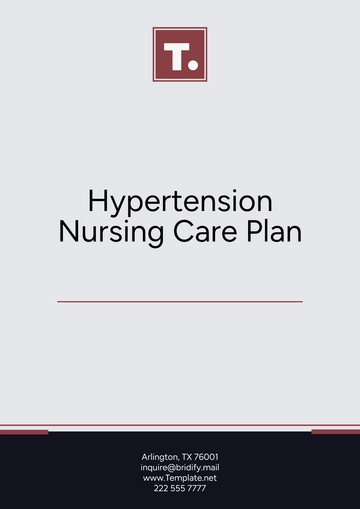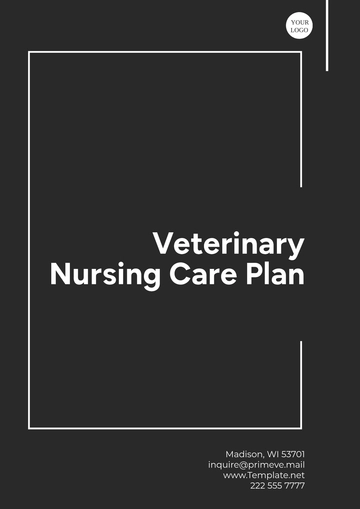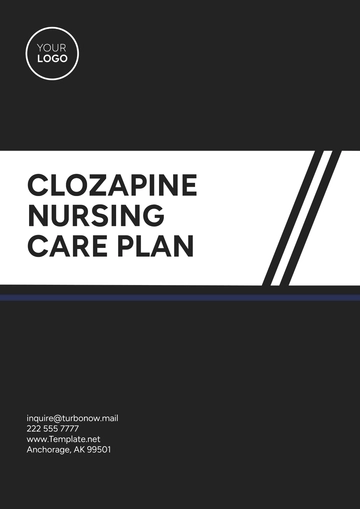Free Resident Care Plan
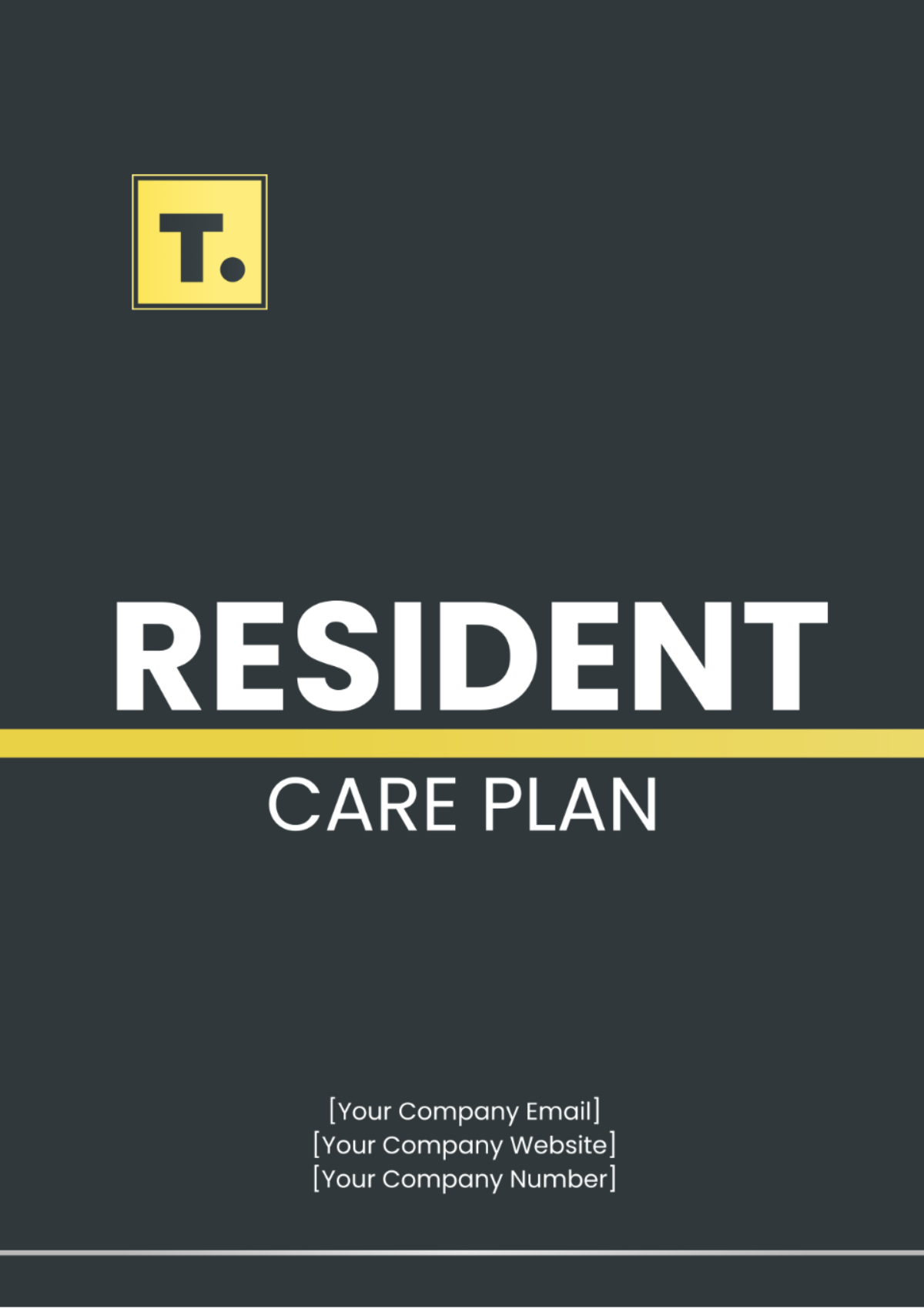
Written by: [Your Name]
I. Resident Information
Name: [Resident's Name]
Age: 78 years
Medical Diagnosis: Hypertension, Type 2 Diabetes, Osteoarthritis
Allergies: None known
Primary Physician: [Physician's Name]
Contact Person: [Contact Person's Name]
II. Assessment and Care Planning
Initial Assessment: Conducted within 24 hours of admission, assessing physical, cognitive, and psychosocial status. Includes medical history review, functional assessment, and identification of care needs.
Care Team Meetings: Scheduled monthly with interdisciplinary team members (nurses, therapists, social workers) to review resident progress, update care plans, and address any concerns.
Resident Preferences: Regularly reviewed and documented, including preferences for daily routines, meal choices, activities, and preferred methods of communication.
III. Health Status
Vital Signs Monitoring: Conducted at least daily, or more frequently as indicated by resident's condition or physician orders. Includes monitoring of blood pressure, heart rate, temperature, respiratory rate, and oxygen saturation.
Medication Management: Medications are administered as prescribed, with careful attention to timing, dosage, and potential interactions. Regular medication reviews are conducted to ensure appropriateness and efficacy.
Dietary Needs: Individualized meal plans developed based on dietary restrictions, preferences, and nutritional requirements. Regular monitoring of food intake, hydration status, and weight changes.
Mobility and Exercise: Regular assessment of mobility status and implementation of appropriate exercise programs to maintain or improve strength, balance, and range of motion. Encourage daily walking or participation in tailored exercise classes.
IV. Activities of Daily Living (ADLs)
Personal Hygiene: Assistance provided with bathing, grooming, dental care, and toileting as needed. Respect resident's privacy and dignity during personal care routines.
Dressing and Clothing: Assist with selecting appropriate clothing, dressing, and maintaining personal hygiene standards.
Toileting: Assist with toileting needs, including transferring to and from the toilet, maintaining continence care routines, and providing assistance with hygiene.
Nutrition and Meal Assistance: Offer assistance with feeding, adaptive equipment as needed, and ensure meals are served at appropriate times according to resident preferences and dietary requirements.
V. Therapeutic Interventions
Rehabilitation Services: Coordinate and implement physical therapy, occupational therapy, and speech therapy sessions as prescribed to address functional limitations and promote independence.
Pain Management: Regular assessment of pain levels using standardized scales, administration of pain relief medications as ordered, and implementation of non-pharmacological interventions such as heat therapy or massage.
Psychological Support: Offer emotional support, engage residents in social activities, and provide opportunities for meaningful interactions to enhance mental well-being and reduce feelings of isolation or depression.
VI. Safety Measures
Fall Prevention: Conduct fall risk assessments upon admission and regularly thereafter. Implement environmental modifications, use of assistive devices, and supervise activities to minimize fall risks.
Infection Control: Adhere to strict hand hygiene protocols, use of personal protective equipment, and infection control measures to prevent the spread of infections within the facility.
Emergency Preparedness: Ensure staff are trained in emergency response procedures, conduct regular drills for fire safety, evacuation procedures, and medical emergencies.
VII. Communication and Documentation
Shift Handover: Provide detailed handover between shifts, including updates on resident condition, recent interventions, and any changes in care plans. Use standardized communication tools to ensure consistency and accuracy.
Incident Reporting: Document any incidents, accidents, or changes in resident condition promptly in the electronic health record system. Include relevant details such as date, time, description of event, and actions taken.
Family Updates: Communicate regularly with families regarding resident's progress, upcoming appointments, and any concerns or changes in care plans. Encourage family involvement in care decisions and provide opportunities for family visits and participation in care activities.
VIII. Conclusion
The Resident Care Plan outlined above serves as a blueprint for delivering personalized and holistic care to our elderly residents. By adhering to these guidelines and continuously assessing and adjusting care plans as needed, we aim to promote the well-being and quality of life of each individual under our care.
- 100% Customizable, free editor
- Access 1 Million+ Templates, photo’s & graphics
- Download or share as a template
- Click and replace photos, graphics, text, backgrounds
- Resize, crop, AI write & more
- Access advanced editor
A Resident Care Plan is a document outlining the personalized care and support required for an individual residing in a long-term care facility, such as a nursing home or assisted living facility. It details the resident's medical, physical, emotional, and social needs, as well as their preferences and goals for care.
You may also like
- Finance Plan
- Construction Plan
- Sales Plan
- Development Plan
- Career Plan
- Budget Plan
- HR Plan
- Education Plan
- Transition Plan
- Work Plan
- Training Plan
- Communication Plan
- Operation Plan
- Health And Safety Plan
- Strategy Plan
- Professional Development Plan
- Advertising Plan
- Risk Management Plan
- Restaurant Plan
- School Plan
- Nursing Home Patient Care Plan
- Nursing Care Plan
- Plan Event
- Startup Plan
- Social Media Plan
- Staffing Plan
- Annual Plan
- Content Plan
- Payment Plan
- Implementation Plan
- Hotel Plan
- Workout Plan
- Accounting Plan
- Campaign Plan
- Essay Plan
- 30 60 90 Day Plan
- Research Plan
- Recruitment Plan
- 90 Day Plan
- Quarterly Plan
- Emergency Plan
- 5 Year Plan
- Gym Plan
- Personal Plan
- IT and Software Plan
- Treatment Plan
- Real Estate Plan
- Law Firm Plan
- Healthcare Plan
- Improvement Plan
- Media Plan
- 5 Year Business Plan
- Learning Plan
- Marketing Campaign Plan
- Travel Agency Plan
- Cleaning Services Plan
- Interior Design Plan
- Performance Plan
- PR Plan
- Birth Plan
- Life Plan
- SEO Plan
- Disaster Recovery Plan
- Continuity Plan
- Launch Plan
- Legal Plan
- Behavior Plan
- Performance Improvement Plan
- Salon Plan
- Security Plan
- Security Management Plan
- Employee Development Plan
- Quality Plan
- Service Improvement Plan
- Growth Plan
- Incident Response Plan
- Basketball Plan
- Emergency Action Plan
- Product Launch Plan
- Spa Plan
- Employee Training Plan
- Data Analysis Plan
- Employee Action Plan
- Territory Plan
- Audit Plan
- Classroom Plan
- Activity Plan
- Parenting Plan
- Care Plan
- Project Execution Plan
- Exercise Plan
- Internship Plan
- Software Development Plan
- Continuous Improvement Plan
- Leave Plan
- 90 Day Sales Plan
- Advertising Agency Plan
- Employee Transition Plan
- Smart Action Plan
- Workplace Safety Plan
- Behavior Change Plan
- Contingency Plan
- Continuity of Operations Plan
- Health Plan
- Quality Control Plan
- Self Plan
- Sports Development Plan
- Change Management Plan
- Ecommerce Plan
- Personal Financial Plan
- Process Improvement Plan
- 30-60-90 Day Sales Plan
- Crisis Management Plan
- Engagement Plan
- Execution Plan
- Pandemic Plan
- Quality Assurance Plan
- Service Continuity Plan
- Agile Project Plan
- Fundraising Plan
- Job Transition Plan
- Asset Maintenance Plan
- Maintenance Plan
- Software Test Plan
- Staff Training and Development Plan
- 3 Year Plan
- Brand Activation Plan
- Release Plan
- Resource Plan
- Risk Mitigation Plan
- Teacher Plan
- 30 60 90 Day Plan for New Manager
- Food Safety Plan
- Food Truck Plan
- Hiring Plan
- Quality Management Plan
- Wellness Plan
- Behavior Intervention Plan
- Bonus Plan
- Investment Plan
- Maternity Leave Plan
- Pandemic Response Plan
- Succession Planning
- Coaching Plan
- Configuration Management Plan
- Remote Work Plan
- Self Care Plan
- Teaching Plan
- 100-Day Plan
- HACCP Plan
- Student Plan
- Sustainability Plan
- 30 60 90 Day Plan for Interview
- Access Plan
- Site Specific Safety Plan

